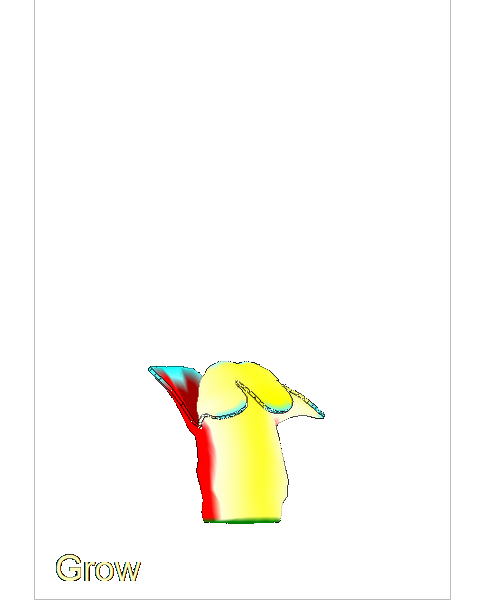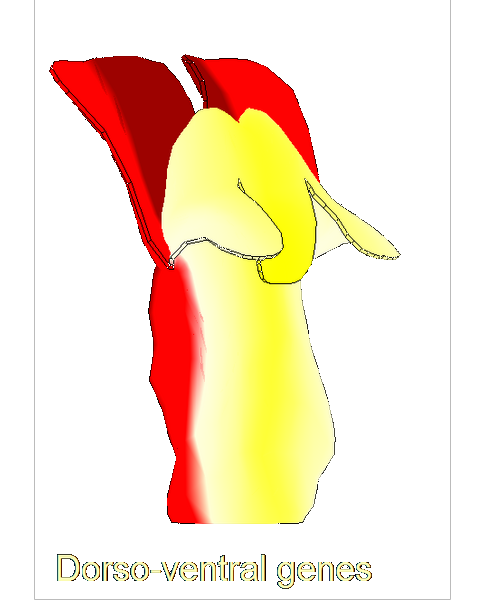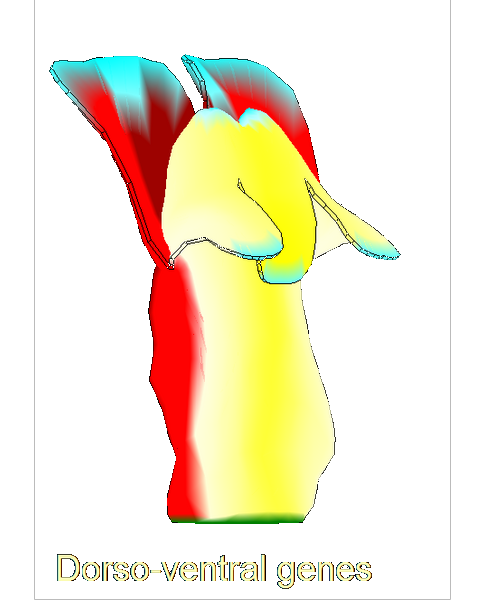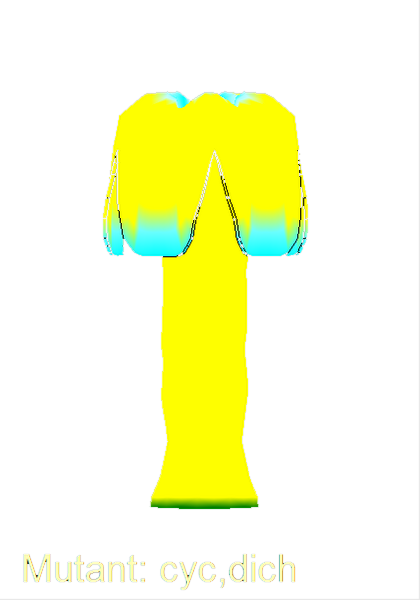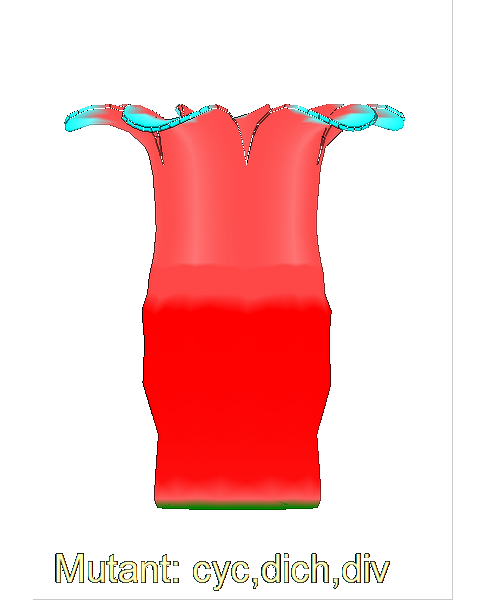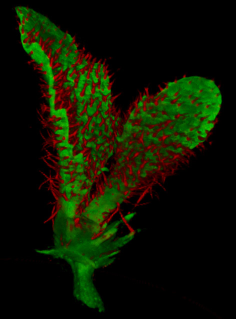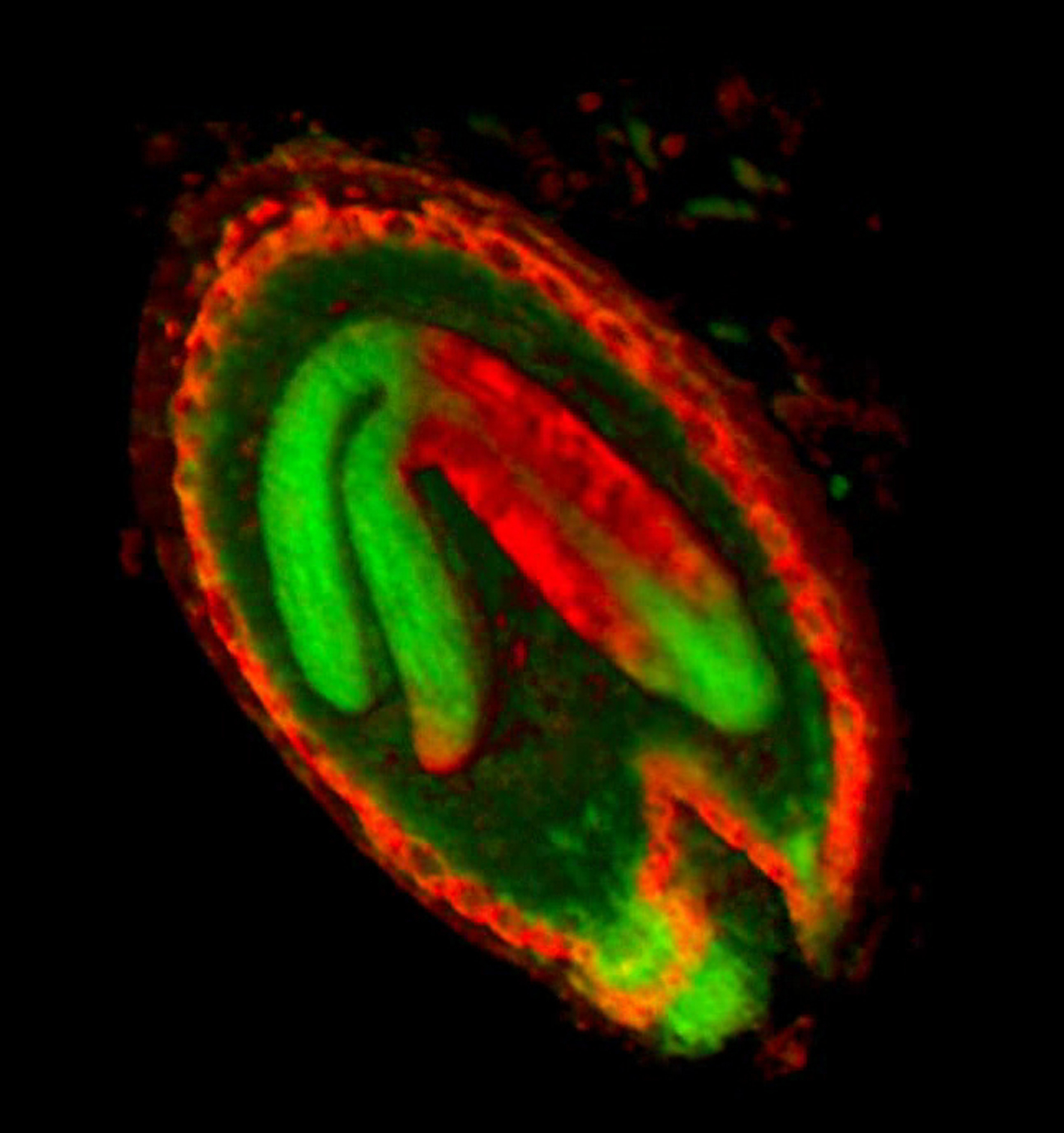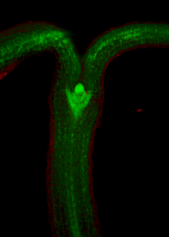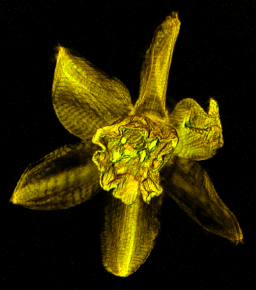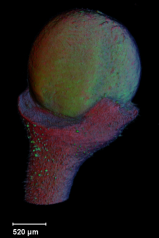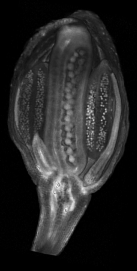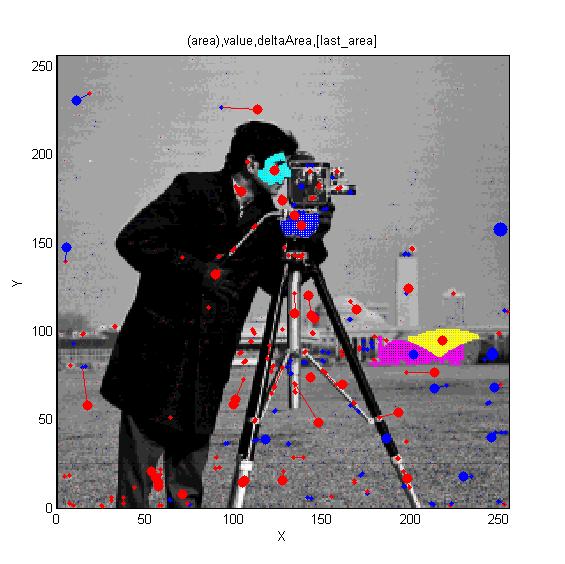Main Page: Difference between revisions
| Line 39: | Line 39: | ||
<br> | <br> | ||
[[Software#Viewing and measuring volume images: VolViewer|<span style="color:Green;">'''MORE'''</span>]]<br><br> | [[Software#Viewing and measuring volume images: VolViewer|<span style="color:Green;">'''MORE'''</span>]]<br><br> | ||
==<span style="color:DarkGreen;">Analysing shapes: faces, leaves and flowers== | ==<span style="color:DarkGreen;">Analysing shapes: faces, leaves and flowers== | ||
Revision as of 12:10, 25 November 2013
Bangham at UEA
Computational biology toolboxes
Growing complex biological shapes from patterns of gene expression
Viewing three dimensional images
Analysing shapes: faces, leaves and flowers

MORE
Seen the origional paintings? Do they exist?.
The AAMToolbox is used to analyse the shape and colour of collections of similar objects. Originally developed to analyse face shapes for lipreading (Matthews et al. 2002version of pdf), we have used it extensively for analysing the shapes of leaves (Langlade et al 2005.,Bensmihen et al. 2010) and petals (Whibley et al 2006,Feng et al. 2010). The analysis can be applied to art, for example, finding systematic differences between portraits by Rembrandt and Modigliani.
More details on analysing shapes
Algorithms
MSER's, extrema, Connected-set filters, Sieves and Scale-space
Left: Cameraman image. Superimposed red spots are maximal extrema and blue spots are minima. Irregular cyan, blue and yellow regions illustrate regions associated with maxima and the magenta region is a minimum.
Right: Isometric view of the cameraman image with superimposed maxima and minima. The trees trace the maxima through increasing scale-space. Large spots have been identified as stable extrema.
These extrema have been computed using an 'M sieve as opposed to an o' (opening) which appears to underlie the MSER algorithm.
More details on MSER's, sieves and connected set filters More
Reaction-diffusion and morphogenesis - the growth of shapes
MORE
In 1952 Alan Turing proposed The chemical basis of Morphogenesis - "... suggested that a system of chemical substances, called morphogens, reacting together and diffusing through a tissue, is adequate to account for the main phenomena of morphogenesis. Such a system, although it may originally be quite homogeneous, may later develop a pattern or structure due to an instability of the homogeneous equilibrium, which is triggered off by random disturbances. ..." Such patterning is now widely known. However, the morphogenesis element of the story has been less widely explored - here we illustrate the process using GFtbox - but also see: plant meristemreview related plant stuff
Two chemical substances react and diffuse to dynamically develop a pattern of spots (top row). We have added two simple growth rules (based on our hypotheses on the growth of shapes) to dynamically translate the pattern into a pattern of growth (bottom row). The changing geometry arising through growth which in turn feeds back on the reaction-diffusion system to modulate patterning. One of the morphogenesis rules uses the chemical concentration gradient to set the axes for anisotropic growth (arrows in third panel).
This model was featured in a video interview exhibit in the London Science Museum 'Codebreakers' exhibition Codebreakers.
More details on reaction-diffusion and morphogenesis

